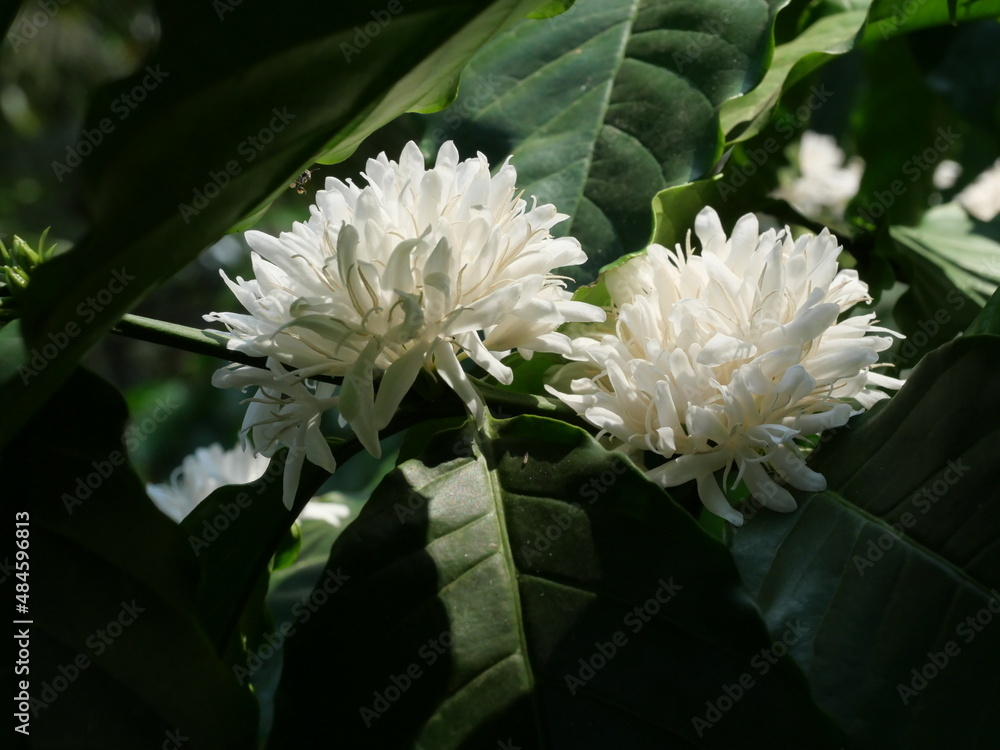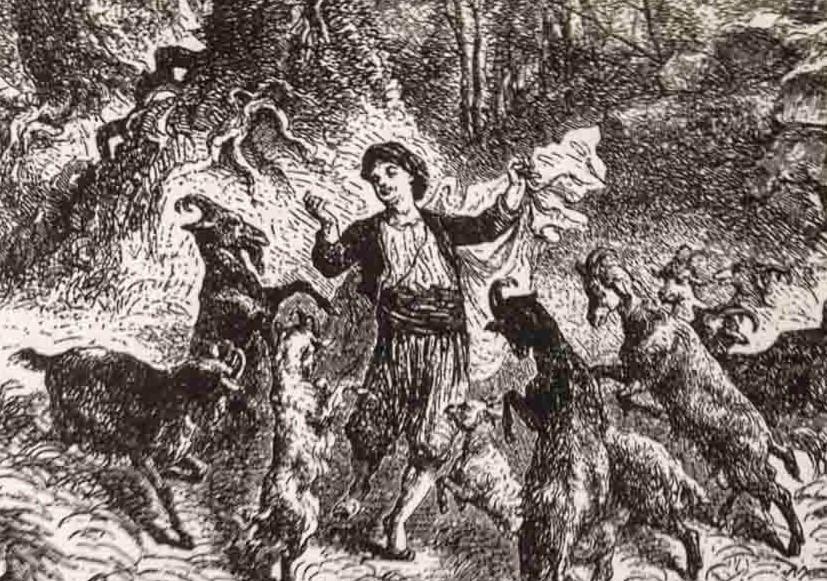Product Line
Moka
This line is named after the Moka coffee variety.
Moka has a long history and is one of the varieties of the Coffea Arabica species, so its cultivation conditions are very strict and they are sensitive to pests and diseases. However, the flavor of Moka has left a profound mark throughout the history of coffee and is considered a legend.
Introduction
Moka Product Line
by Honee Coffee
This product line features single-origin coffee sourced exclusively from Moka coffee beans.
The purpose of this line is to allow customers to experience the unique flavor of a single variety or to explore when blending with other products.

Sourcing Origin
Selected from the highest quality areas of renowned coffee-growing regions in Vietnam such as Cau Dat (Lam Dong).

Selection Process
Our selection process involves not only choosing the growing regions but also considering various quality factors such as seasonal conditions, harvesting and processing methods, and storage to ensure the quality and excellence of the coffee.

Originality
Our products are always roasted in their purest form because we believe in Vietnamese coffee beans and our own selection.
Originating
From Yemen
The Moka coffee variety is named after the port city of Mokha (or phonetically in Arabic as Al-Makha) located on the Red Sea in Yemen. The port of Mokha was once renowned for coffee trade for 200 years until the mid-19th century. For a long time, the export of coffee plants or seeds from this region was hindered by controls to ensure economic monopoly interests. However, coffee gradually spread to the world, initially through Dutch traders, and then to other countries.
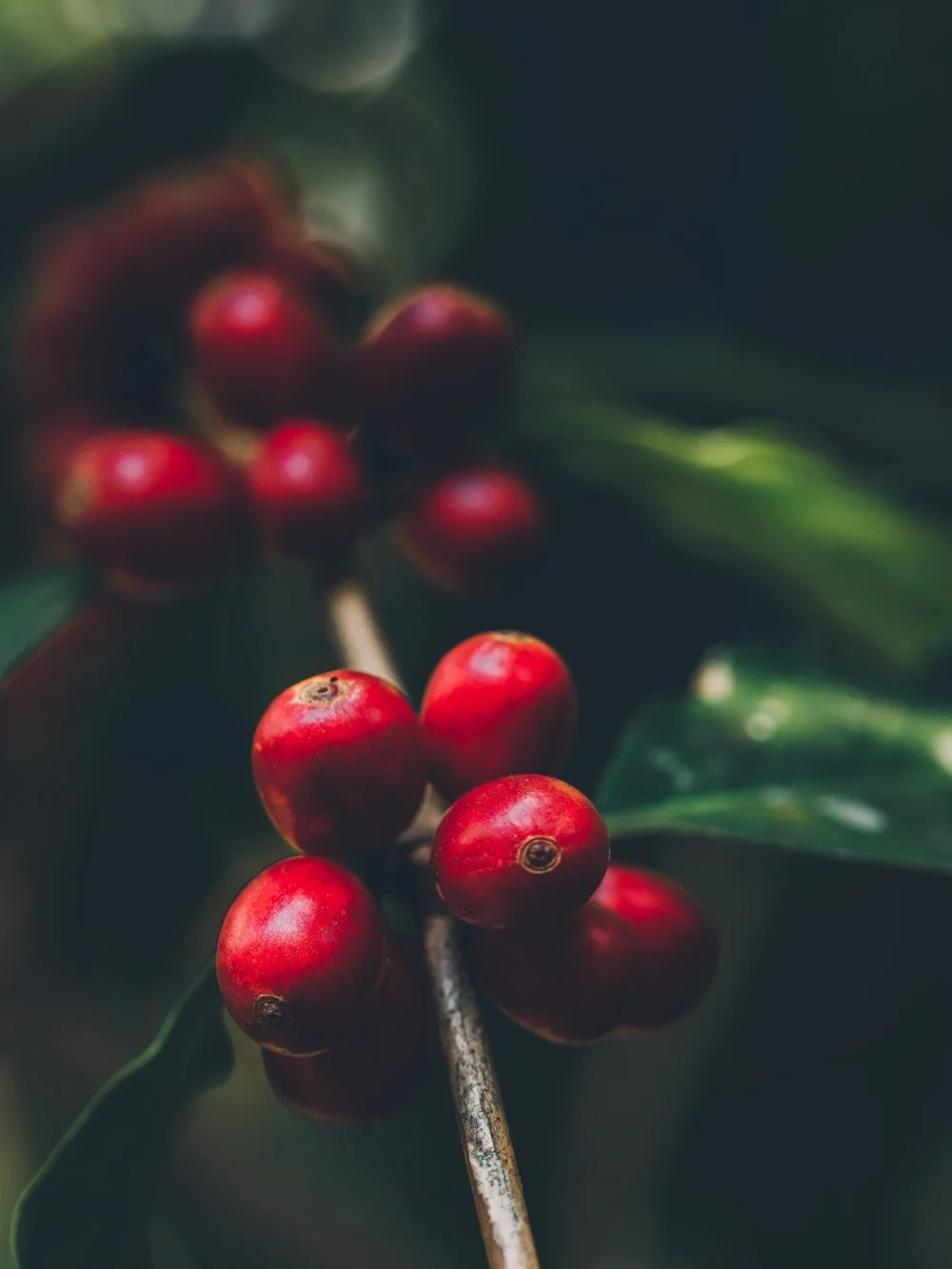

According to the Specialty Coffee Association (SCA), Moka is believed to be a mutation of Bourbon, as they are very close to Bourbon genetically despite having shorter stature.
Spreading
To Vietnam
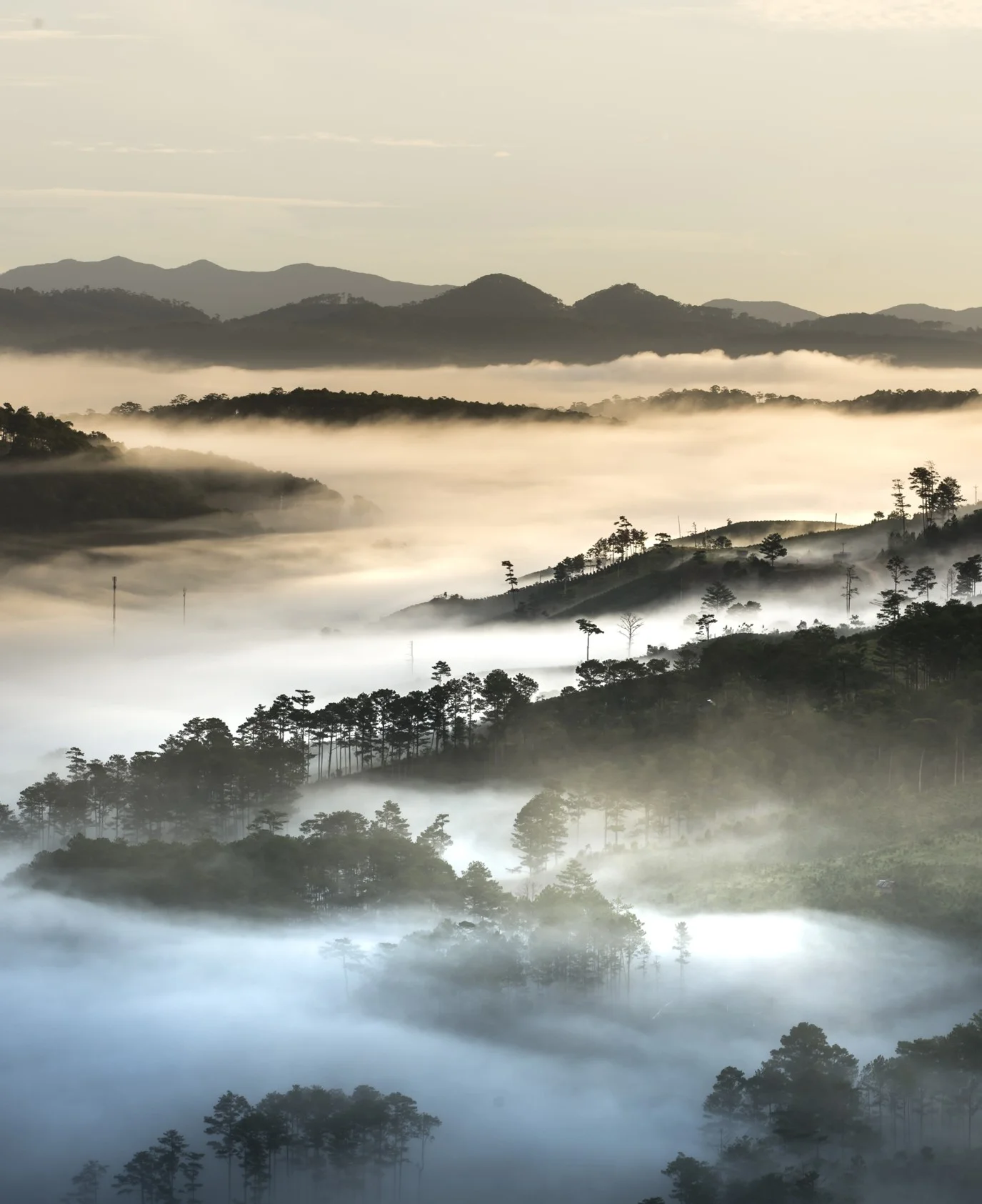
Lam Dong has many factors conducive to coffee cultivation, such as an average altitude of 800-1,000 meters, with some areas reaching over 2,000 meters. Along with the ideal altitude, Lam Dong has a cool climate ranging from 18-25°C, average rainfall of 1,750-3,150mm per year, and fertile soil.

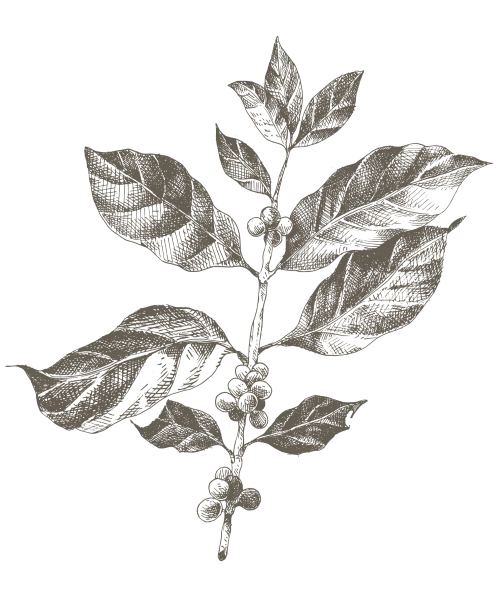
Like other coffee varieties introduced to Vietnam, Moka was brought by the French in the 1860s. Through more than a century of ups and downs in the country’s history and the coffee industry in particular, in the minds of the Vietnamese people, Moka coffee is closely associated with Cau Dat, Lam Dong.
AND CURRENTLY
Moka in Vietnam
Although Moka coffee from Lam Dong is highly regarded for its quality both domestically and internationally, Moka trees have almost disappeared. Due to the challenges in cultivation, low productivity, susceptibility to pests and diseases, and initially, a lack of awareness among coffee growers about the value of Moka beans, many Moka trees have been cut down and replaced by other Arabica varieties such as Catimor or Robusta.
So many Moka trees have been removed that many people do not believe in the existence of this coffee variety in Vietnam, and it has become somewhat of a “legend” implying coffee quality. However, the reality is that although the yield is low, there are still many coffee farms retaining this variety, from a few trees to several hundred “hidden” trees.
With the influence of the specialty coffee wave and an increasingly sophisticated passion for coffee, the value of Moka beans is increasingly appreciated among coffee enthusiasts. From hunting for rare beans in remaining coffee farms with old Moka trees to establishing Moka seedling nurseries, passionate farmers are not only preserving valuable old trees but also cultivating more to restore them.

GROWING REQUIREMENTS
Sensitive to soil nutrients, soil quality, fertilizers, and water levels…

PEST AND DISEASE RESISTANCE
Susceptible to common pests and diseases of coffee trees.

ALTITUDE REQUIREMENTS
Moka coffee trees have difficulty thriving at altitudes below 1,500m.

YIELD
Low yield with smaller bean size compared to other coffee varieties.
VALUE
Symbol
The hundred-year journey from Yemen to Vietnam and the ups and downs of Moka trees in the land of thousands of flowers highlight the timeless beauty hidden within. Despite enduring many trials and tribulations, the value of Moka beans remains steadfast and radiant.
Alongside the dedication and passion of farmers persevering through time to preserve and believe in coffee trees, Moka embodies the most precious and heartfelt sentiments; it is the harmony between humans and trees that brings forth captivating values to delight the soul.

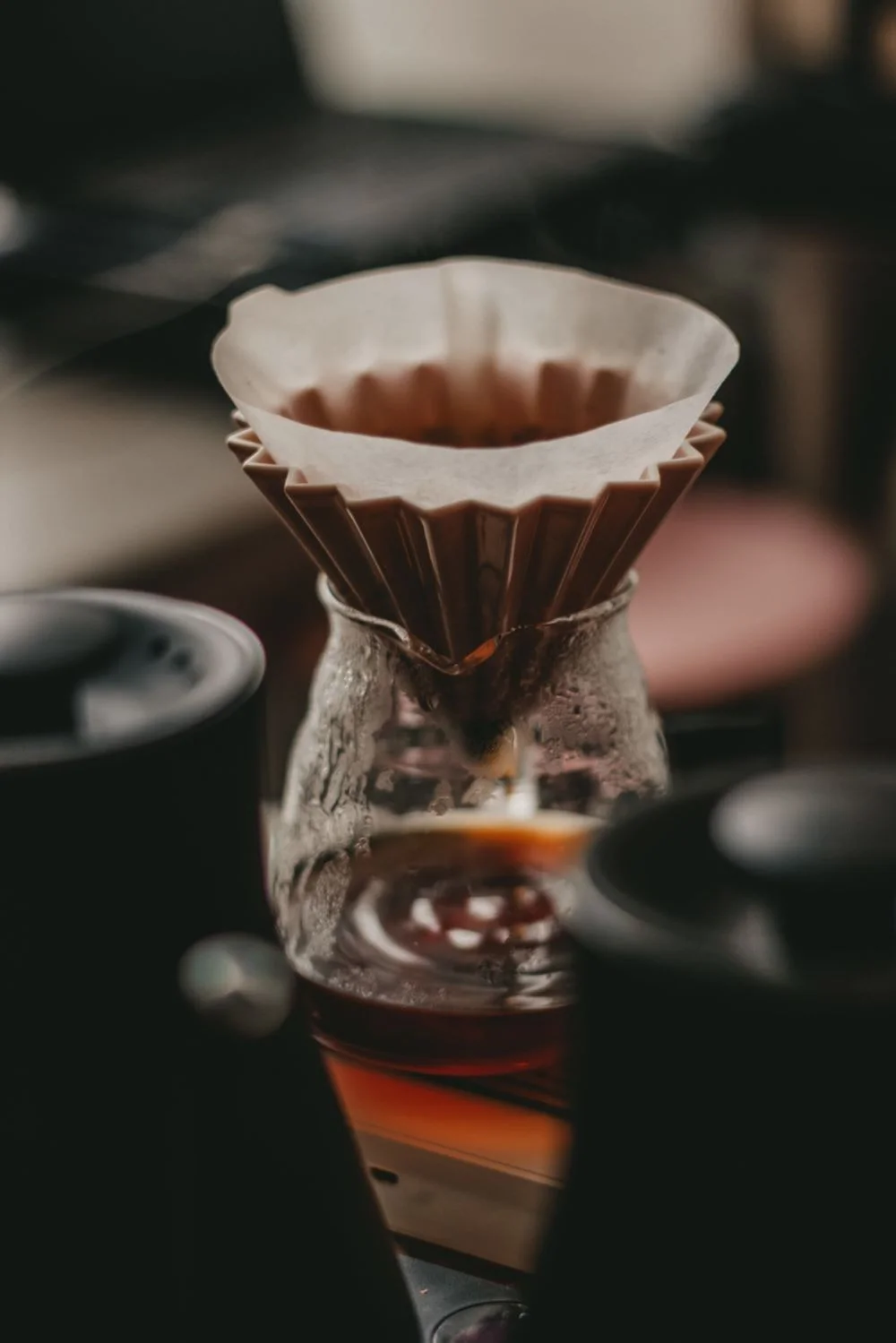
Perhaps this is why people feel the richness in Moka coffee, and somewhere within its exquisite flavor lies an air of sophistication.
THE INFLUENCE OF MOKA
The quality of Moka coffee is a historical highlight of the Cau Dat region, Lam Dong province. However, due to rapid commercialization over an extended period, many have mistaken Moka as merely a coffee blend or simply a marketing technique. Despite such periods of absence and misinformation, Moka and its values have never faded, remaining as an symbol of quality.
HIGHLIGHT
Production & Development
EFFORTS TO RESTORE MOKA
The province of Lam Dong, along with nurseries, has collaborated to restore the Moka tree germplasm from purebred specimens.
As mentioned above, Moka trees are being cultivated in various places in Lam Dong, but due to their challenging care requirements and susceptibility to diseases, most farmers are still cautious about widespread cultivation. Alongside the low productivity of Moka trees, the current yield of Moka beans is still relatively low.
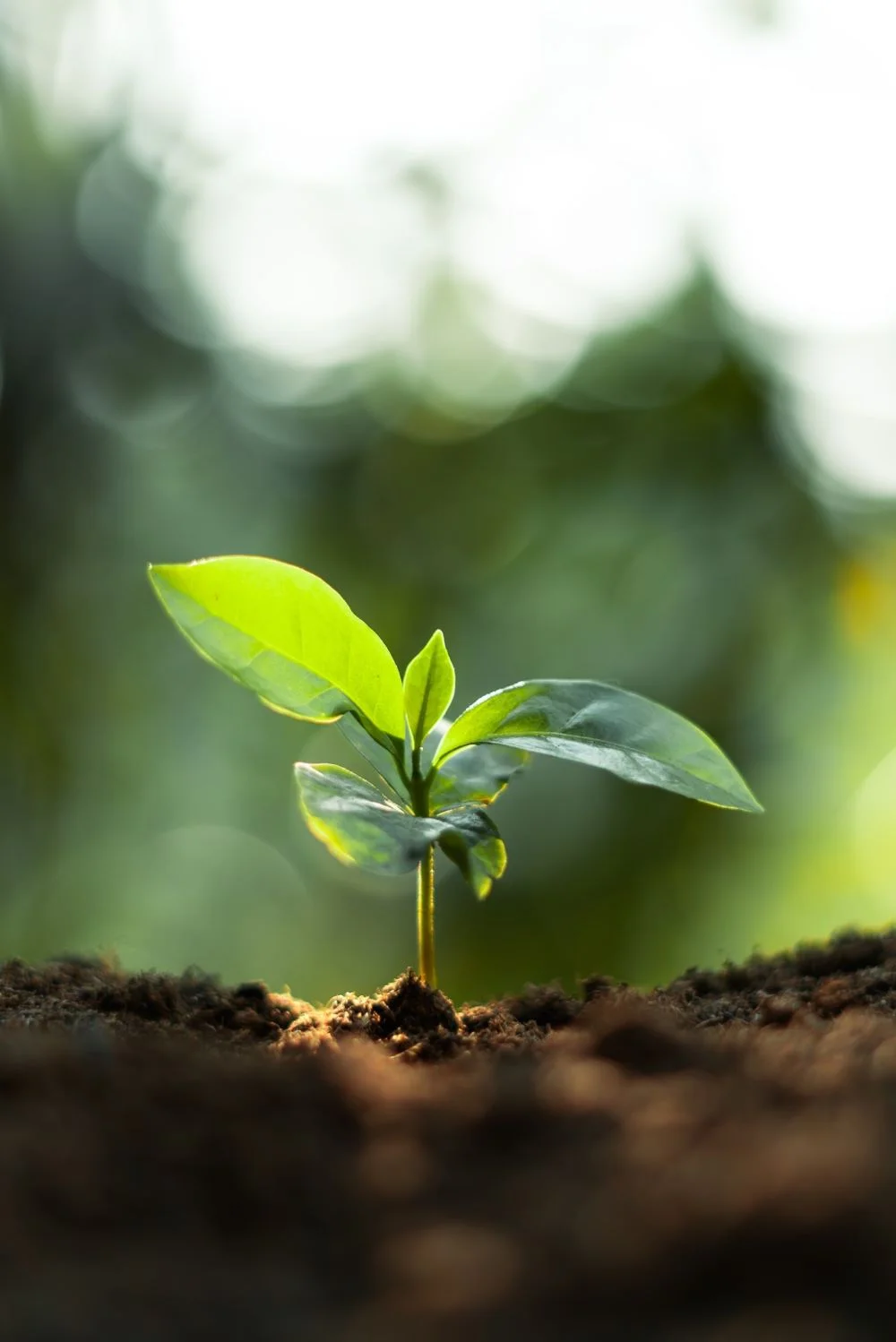
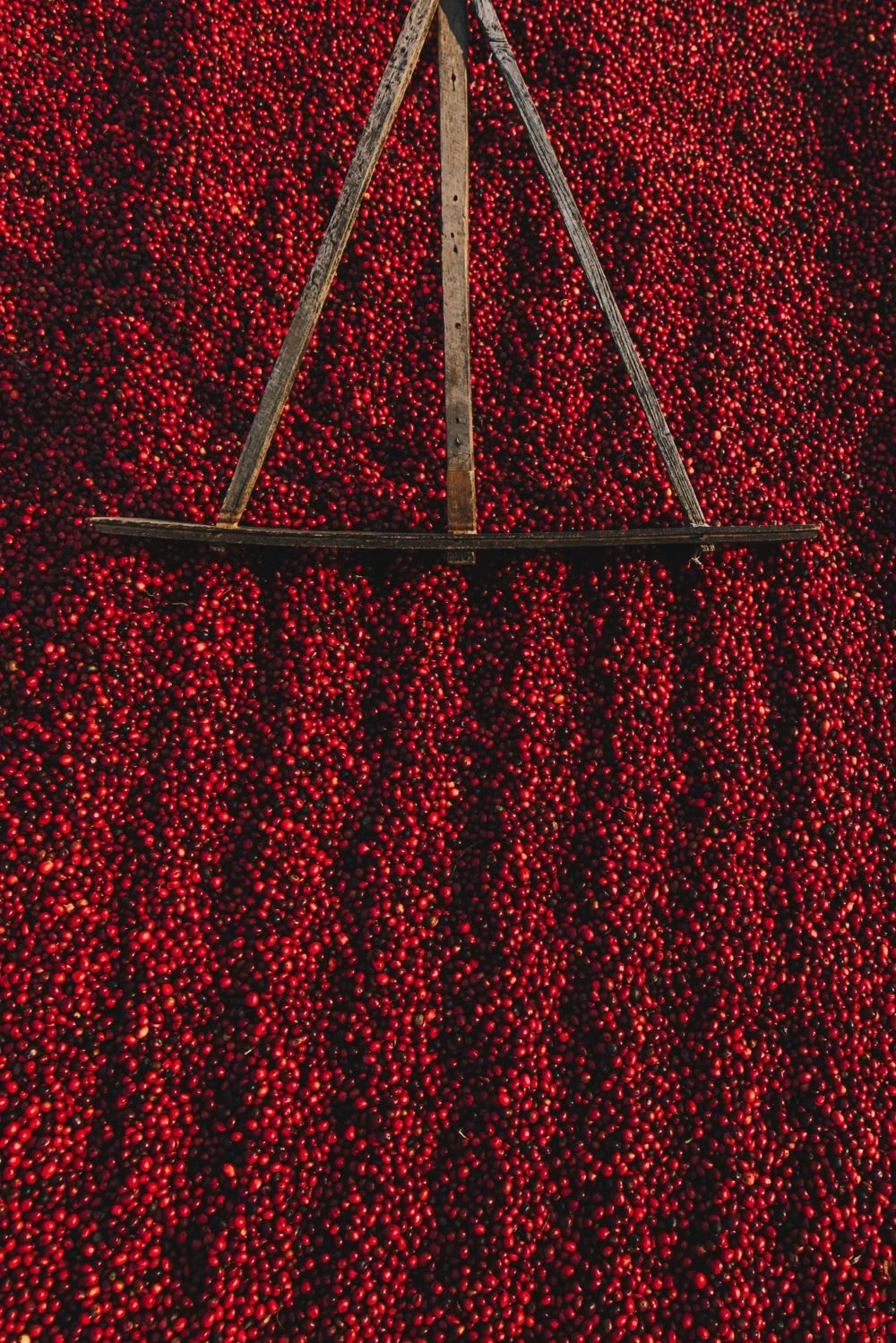
Kaldi and the dancing goats
Legend has it that one day, a goat herder named Kaldi noticed his goats suddenly dancing and frolicking energetically. He discovered that they had been eating red berries from an unfamiliar tree, so he decided to try some himself. After tasting the berries, he found himself dancing joyfully alongside the goats.
Some time later, a passing monk stumbled upon Kaldi and the dancing goats and struck up a conversation. Kaldi recounted the story and the strange red berries. The monk believed this was an answer to his prayers, as he often found himself nodding off during prayer sessions. The monk tried the berries and found himself unusually alert.
Soon after, the monk dried and brewed the berries into a drink. His fellow monks greatly enjoyed this new beverage, as it helped them stay awake for prayers—and it tasted delicious too.
As You May Already Know
The Origin of Coffee
There are many stories about the discovery of coffee, but they generally all point to the discovery of the coffee plant in Ethiopia around the 9th century.
One of the most popular stories is that of Kaldi and the dancing goats. The place where this story is said to have taken place is in Kaffla, a region of Abyssinia, which was the former name of the Ethiopian Empire (1270-1974) and is also present-day Ethiopia.
From there, coffee spread to Arabia and then to various Muslim countries like Persia, Egypt, etc. Coffee gradually became important, with demand quickly increasing and becoming widespread in all aspects of life. As mentioned earlier, the port of Mokha was an important coffee export location and was monopolized for the export of this commodity for a long time.
Coffee exported from the port mainly came from Ethiopia or from regions where cultivation was strictly guarded in Yemen.


INFORMATION
About Product Classification
Honee Coffee’s Moka product line is classified into the following branches:
Standard
This branch includes the basic and introductory products.
Premium
A group of products with higher selection criteria and limited quantities.
Honey
Includes unique products specially processed by Honee Coffee.
Branching Criteria
The criteria used to branch this line is the quality of the raw materials. Determining the quality of the raw materials requires consideration of various factors such as variety, harvest time, degree of sorting, processing methods, growing regions, and evaluation through cupping…
Due to the rigorous selection and evaluation process, branches with higher-quality ingredients typically have lower production quantities.
The Standard Moka products are all crafted from meticulously selected ingredients, ensuring uniformity in terms of size, consistency, and guaranteeing a cup of coffee with excellent flavor profiles.
With the Premium branch, these criteria are even more stringent, requiring that coffee beans not only exhibit flawless appearance but also boast depth in flavor.
Although the quality of their ingredients may be inferior to other branches, leading to shortcomings in terms of diversity or depth of flavor, their flavor profile still possesses unique and intriguing characteristics to explore.
The Standard branch always serves as the starting point for Honee Coffee’s product lines. These branch products are usually more accessible and are considered the benchmark for the line.
Depending on our fortunate encounters with hidden coffee flavors, new lines will be developed based on the foundation of Standard branch products.

Information
Product
You can enjoy Moka products simply in their original form or explore different flavor combinations by blending with other coffee varieties such as robusta, moka…
Explore Flavours
The cards below introduce some typical products of the Moka line.
Premium 150g
To view the full range of products, please click the button below.
Alluring & Enchanting
Product Line
Moka by Honee Coffee
We have created this product line because of the exquisite taste and allure of Moka coffee beans. Moka exudes regal quality, sophistication through the gentle sweetness, the refreshing acidity, and retains the captivating intensity.

When she sleeps, the earth and sky cease to exist,
When she wakes, all things come to life anew!
